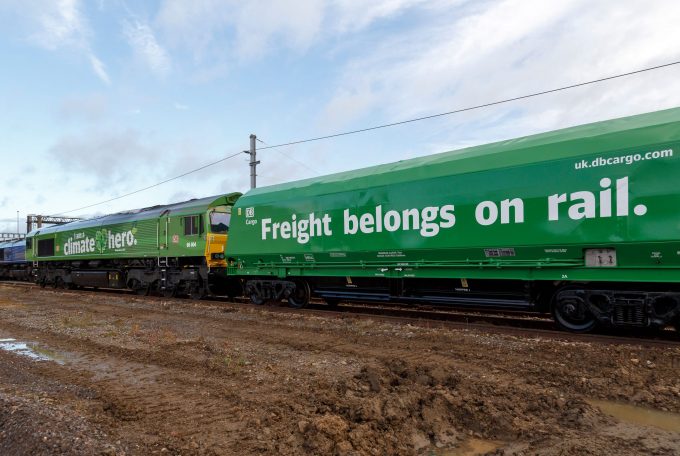Great British Railways would offer rail freight the 'opportunity of a lifetime' to grow
The UK government has pledged to overhaul the country’s failing rail networks, with rail freight ...

Sea-air can offer rail freight operators a model for increasing volumes, but only if they take advantage of the current sustainability-driven interest in the mode.
Despite calls to decarbonise freight, road haulage remains the dominant land mode in Europe, accounting for 77% ...

Comment on this article